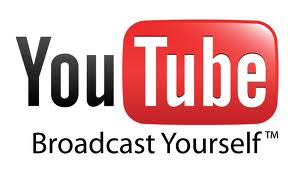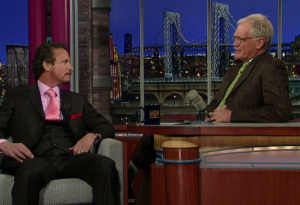Over the last year or so, we’ve noticed that when we’re out skiing it’s not uncommon to see more and more people with the little boxy GoPro camera mounted on their helmets. But news from last week of GoPro signing 11-time surfing champion Kelly Slater to its team of athletes speaks to a bigger agenda for the cool-cam company: Hell, it’s already on its way to becoming a new media powerhouse of its own.
You want social, user-contributed content? GoPro’s got that in spades, using user-submitted videos in its national broadcast commercials. Those home-spun efforts trail the professional athlete/professional production videos GoPro puts out on its own, usually with some cool new music to boot. The company also gives away a bunch of GoPro gear every day. Is this the new way to sports media or what? I mean, I like SportsCenter as much as the next guy, but I could lose hours watching stuff like this:
And a million and a half people so far have watched the GoPro video of Holly Beck diving alongside a whale shark, and probably not just because she’s wearing a bikini while doing so:
Oh yeah and GoPro also earlier this year signed snowboarder Shaun White to its team of cool athletes. This isn’t something that’s going to happen, it’s already here. Call Slater a late jumper on the bandwagon. But we’re looking forward to wasting plenty of time watching him on the waves.









